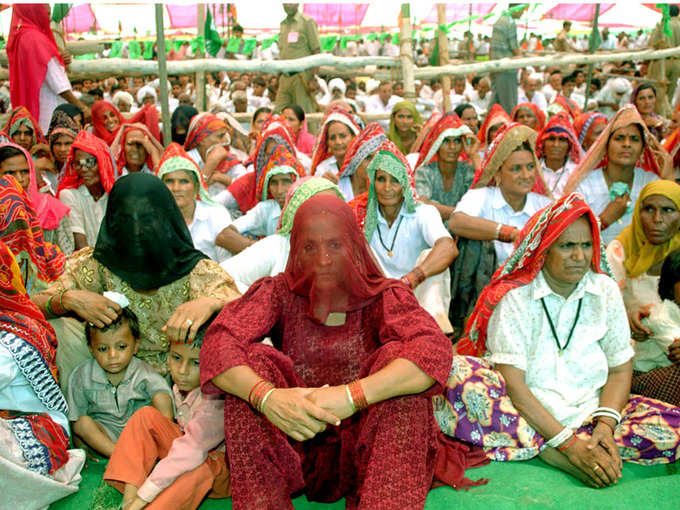 Next time you take a trip to ‘experience’ the countryside or buy handicraft items to empower the poor artisans from rural
Next time you take a trip to ‘experience’ the countryside or buy handicraft items to empower the poor artisans from rural
For one, corporate houses are creating specific advertisements for rural areas, which are close to their cultural identity, as against the blanket ads found in urban
It is a slow yet steady trend that has been gaining ground over the past few years. According to a CRISIL report, rural
No wonder you see a watch company leveraging the Kumbh Mela for its marketing strategy or a toothpaste company using popular cultural forms such as puppetry and traditional music for business promotion. The urban populace may perceive it as nostalgia but for rural consumers, it means relating to a product in their own language and as per their cultural parameters. It is more like bringing the companies to their doorsteps and making them go down on their knees because rural
The headway urban
According to experts, the current growth in rural consumption is due to a number of reasons. One of the key factors is the rise in non-farm job opportunities which were beyond the purview of the market-based economy that dominated the agrarian society’s equations till now. To sustain this rural boom, it is critical to substitute short-term income-boosters (government-backed poverty eradication and self-reliance programmes) with empowering job opportunities.
The popular image of an Indian village is that of one without electricity, safe drinking water and hygienic conditions. But things have changed in most of the villages, thanks to the government’s aggressive programmes to reduce poverty.
The reports also point out that the developmental index has actually tilted in favour of rural areas, which have been showing great appetite for consumer products. When asked whether they would spend more money on what’s considered luxury in their context, such as bottled water or holidays or the next smartphone, majority of the rural Indians said they certainly would not mind spending on these. The respondents also said that all the 14 ‘luxury’ items shortlisted by the survey would be on their purchase list in the years to come.
The access media has provided to these items considered ‘essential’ is something phenomenal despite their limited reach. For example, the number of people who owned TV sets increased to 42% in 2009-10 as against 26% just five years earlier. Clearly, the consumption pattern in rural
Needless to say, product-line companies are changing strategies accordingly. Earlier, urban
The great Indian equalisation has begun. And rural